Bad Manners: The Development of the Soviet PPSh “Burp Gun”
Bad Manners: The Development of the Soviet PPSh “Burp Gun”
Before the AK-47 became the symbol of Soviet armed forces, there was the “burp gun;” officially named the PPSh-41. Pronounced “peh-peh-shaw” because of the sound of the Cyrillic letters in the weapon’s Russian name Pistolet-Pulemyot Shpagina (“Shpagin’s machine pistol.”) The PPSh is a 7.62x25mm open-bolt submachine gun that was once produced in auto shops by unskilled laborers.
Firing 900 rounds a minute, the only other sub-gun of the age that came close to the PPSh’s rate of fire was the Thompson submachine gun. Such a large rate of fire guaranteed that for more than thirty years, soldiers heard an unforgettable sound. Whether the PPSh was fired from behind rubble in Stalingrad, echoed in the frozen hills of the Korean Peninsula during “human wave” attacks, or even rattling through the jungle in fire fights with Viet Cong, the gun lived up to its nickname. The weapon’s sound has been described as a sustained, loud “BRAAAP!!!”
By 1945, the Soviets had produced more than 5 million PPShs, making the gun a main infantry weapon of the Red Army during World War II and afterward. Even later, when Kalashnikovs were handed out like candy to Soviet client states eager to further the fight for worldwide socialism, PPShs were already in the hands of Communist revolutionaries and insurgents.
The Two Enemies
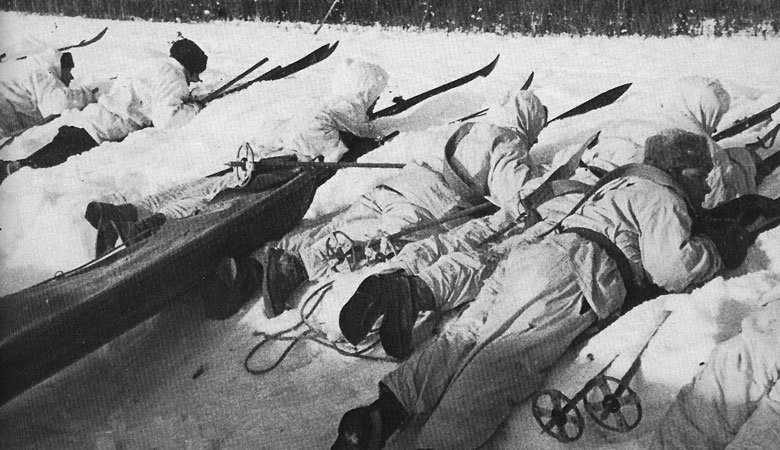
How the PPSh became one of the most common weapons in the Soviet arsenal is a story of the USSR overcoming two enemies: Finland and itself. The Soviet-Finnish Winter War of 1939-1940 was an eye-opening experience for the Russians. The Soviets expected an easy victory, as they outnumbered the Finns three to one.
However, the Red Army found itself outmatched for many reasons, including the weapon wielded by the Finns. The Russians were fighting mostly with bolt-action Mosin-Nagant rifles, but the Finns had the Suomi KP-31 9mm submachine gun. Made of solid steel parts and equipped with a high-capacity drum magazine, the KP-31 in the hands of Finnish troops laid waste to Soviet infantry squads with embarrassing regularity. It was a lesson that Red Army planners didn’t forget.
Meanwhile, the Red Army was on its heels. Purges in the 1930’s replaced competent officers with party hacks and the military was poorly trained and ill-prepared for the onslaught to come. When the Nazis invaded Russia in 1941, much of the nation’s industrial capacity was destroyed by war. Additionally, large quantities of small arms were captured or destroyed during the Operation Barbarossa offensive.
Like so many other countries at the time facing the Nazis, there was an immediate demand for a simple weapon that would put automatic fire in the hands of the ordinary soldier, yet could easily be manufactured.
Initial Development
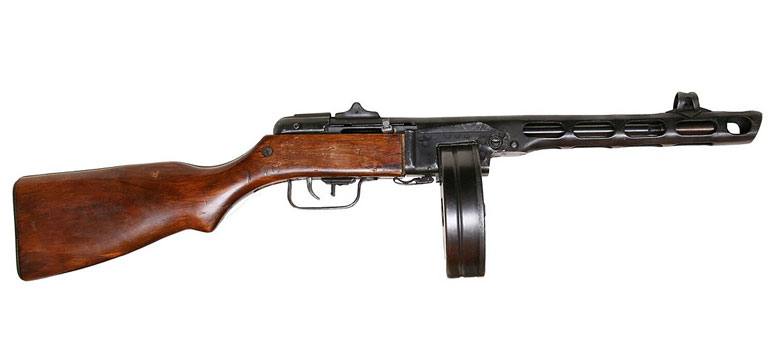
The genius who created the PPSh was Georgi Shpagin, a Soviet weapons designer. While he never enjoyed the fawning adulation received by Mikhail Kalashnikov, he was nonetheless a great mind in weapons innovation.
Shpagin used an existing submachine gun called the PPD-40 as his point of departure. He then used stamped metal parts assembled with welding and brazing, but no bolts or screws. To save money, he took barrels from salvaged Mosin-Nagant rifles, cut them in half, chromed them and screwed them into the bodies of the new submachine gun.
Like the KP-31, the new PPSh possessed a high-capacity drum magazine. The Soviet weapon held 71 rounds fed by a spring-loading mechanism that had to be wound like a watch. Later models of the PPSh had a 35-round stick magazine.
The PPSh’s drum magazine was difficult to load, but it provided the shooter with formidable firepower. Soon, the Soviets were creating tactics based on the weapon’s capabilities.
Widespread Use
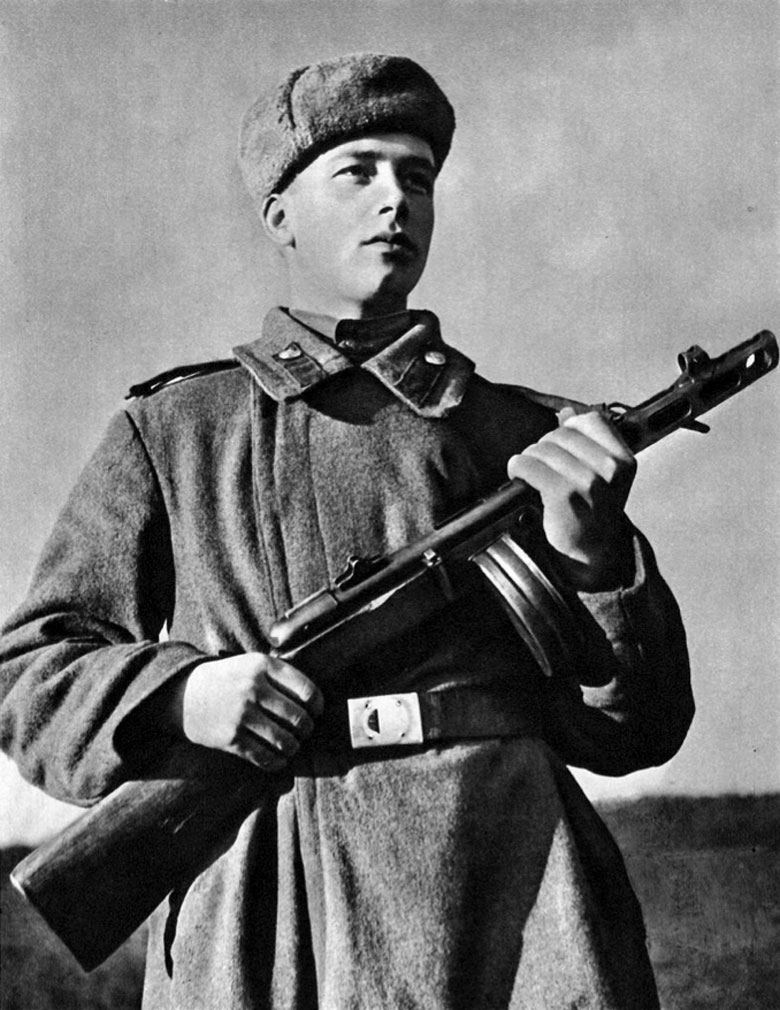
Red Army soldiers were often ordered to storm German positions in mass infantry attacks, like bayonet charges, their PPShs blazing as they surged forward. Alternatively, Russians with PPShs would ride to forward positions on tanks, dismount and mop up retreating German infantry dislodged by the armored assault.
During the Korean War, a Chinese copy of the PPSh called the Type 50 was in the hands of both North Korean and Chinese troops.
“Once we heard that sound, ‘burp…burp,’ it was a frightening sound,” Gerry Farmer, a British veteran of The Royal Fusiliers who served in the Korean War from 1950-1953, said in video interview recorded as part of an oral history project of the National Army Museum UK. “It meant the Chinese were there. I think the sound of the burp gun and what it represented was more frightening than the rounds that came out of the weapon.”
Farmer went on to say that the firing usually indicated the beginning of so-called “human wave” attacks. These mass infantry-attacks often occurred at night and the Communist Chinese used them to probe the defensive lines of United Nations’ troops and overwhelm their positions.
However, the Chinese weren’t invincible, even with their “burp guns.” In many cases, U.S. soldiers using M-1 carbines with Sniperscopes (the first night-vision system employed by the U.S. Military) would fire tracers down on the positions of the attacking Chinese troops, so machine gunners could target the enemy with heavier fire.
The longevity of the PPSh cannot be underestimated. As late as 2009, U.S. soldiers in Iraq reported capturing PPShs in insurgent weapons caches. That’s nearly a half century after the weapon’s initial production.
Editor-in-Chief’s Note: Paul R. Huard writes about military history and military small arms for daily newspapers and online publications. He is based in Ashland, Oregon.






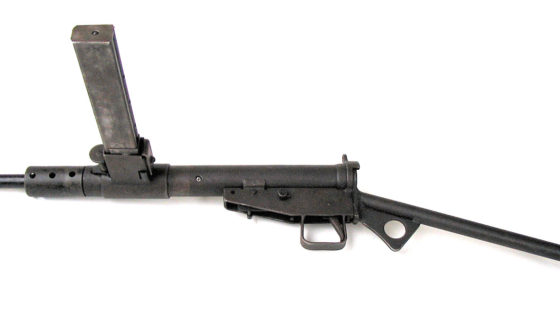

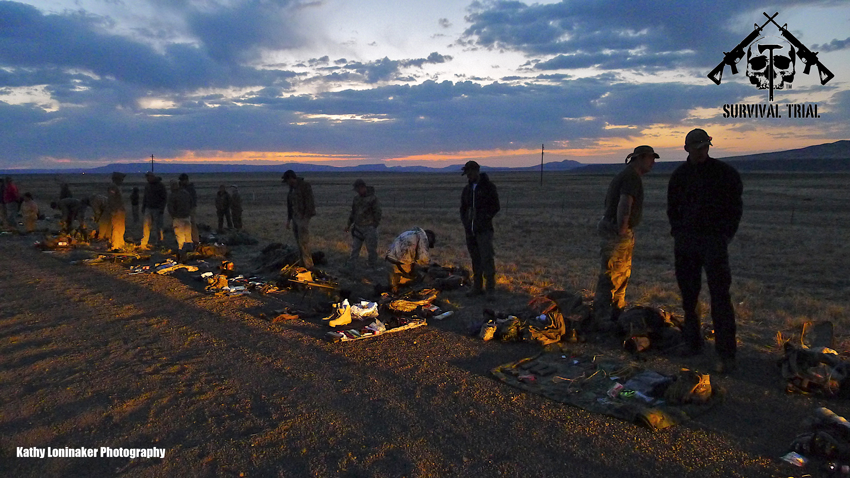


Discussion